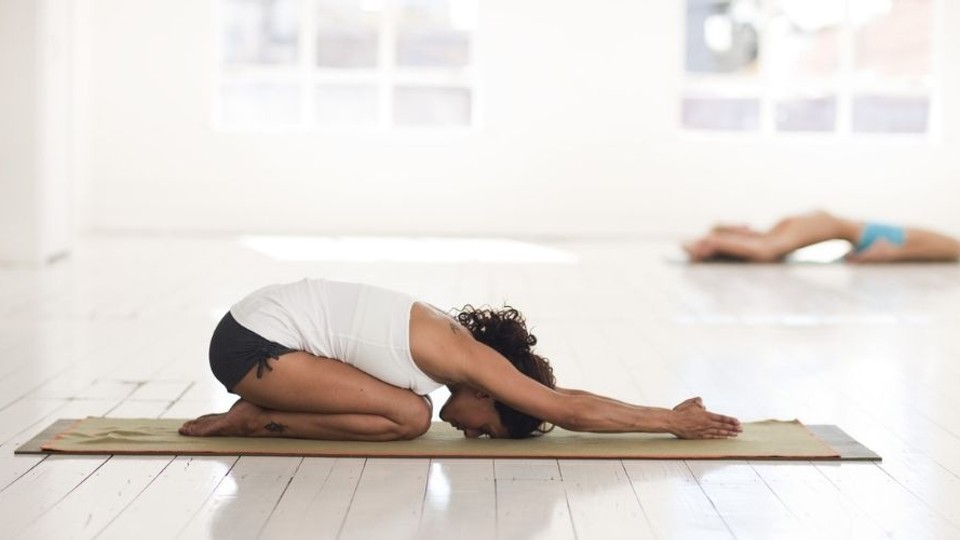
You know you’re getting old when you can’t stand or sit without groaning. In fact, I’ve personally let out a noise when I sit or stand up since I was a teen – which probably says more about my lack of stretching routine than my age. The reality is, our bodies are marvellous creations. They can really stand the test of time, but there’s one catch: we need to look after them. As an avid gym-goer, I don’t nearly stretch as much as I should. And, as my back and legs get stiffer by the day, I know it’s high-time I start putting my money where my mouth is and getting my stretch on in the morning. When it comes to stretching though, there’s some conflicting info out there – when’s best to do them? How long for? How often? When will you see results? What are the health benefits? And what are the easiest stretches for flexibility-challenged individuals like myself? All this will be answered and more below.
- How often to stretch: as long as you don’t over do it, the more you stretch, the better. A good goal is 20-30 minutes each session, three times per week.
- How long to hold a stretch: for the best results, you should spend 60 seconds on each exercise.
- The best time to stretch: The best time to stretch is when the muscles are warm and pliable, like during yoga or pilates or just after exercising. Night-time stretching might help you fall asleep, while morning stretching will “right” the body and prepare you for the day ahead.
- When will you see results: in as little as 2 weeks with regular stretching (but 4-6 weeks for real results).
The benefits of stretching
Before we get into the best five stretches for beginners, let’s look at some of the benefits of stretching. For one, it increases your flexibility, which is crucial to your overall health. It increases your range of motion and gives you more freedom of movement. Stretching improves your performance in physical activities. It also increases blood flow to your muscles, which can shorten recovery time after exercising. It’s also good for posture (so no back hunch as you get older!) Stretching can help decrease back, leg and overall body pain, while also healing existing injuries. And finally, it’s good for your brain too, with stretching being a great stress reliever.
The 5 best stretches for beginners
Child’s Pose
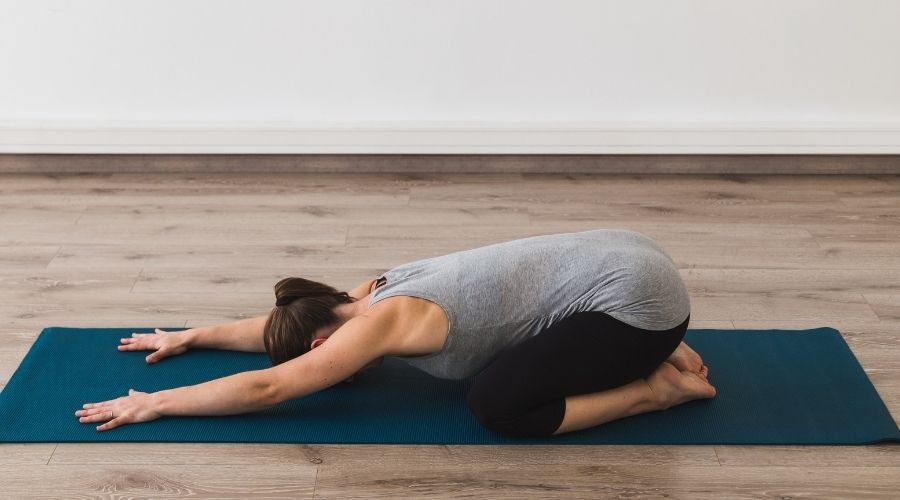
Child’s pose is a beautiful and restorative stretch for gently stretching out your hips, pelvis, thighs and spine. It’s a gentle stretch to quietly loosen your muscles after hours of being still while you sleep. It also calms the brain and mind and helps relieve any stress you’ve woken up with.
Cat-Cow
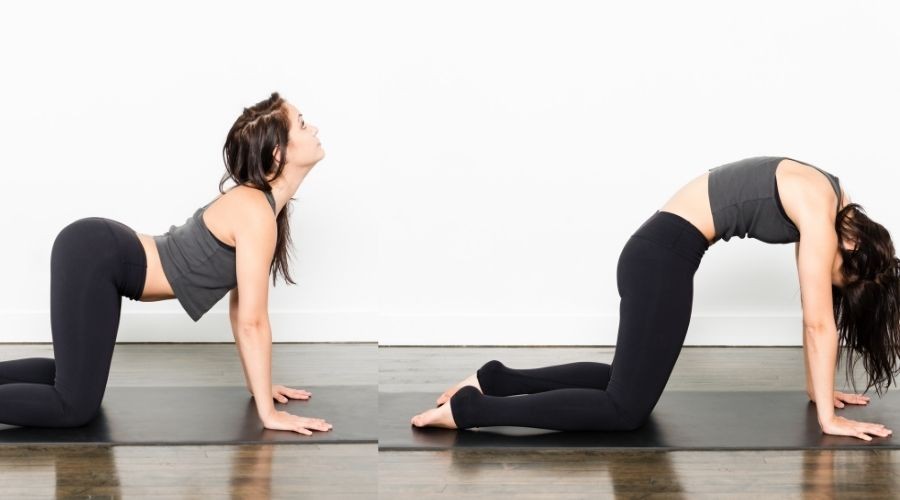
Cat-cow is a popular stretch for beginners and while it involves a bit more movement than child’s pose, it’s still a very gentle and calming stretch. When done together, these two poses increase the circulation of your spinal fluid which helps lubricate the spine, while stretching your back and torso.
Downward-Facing Dog
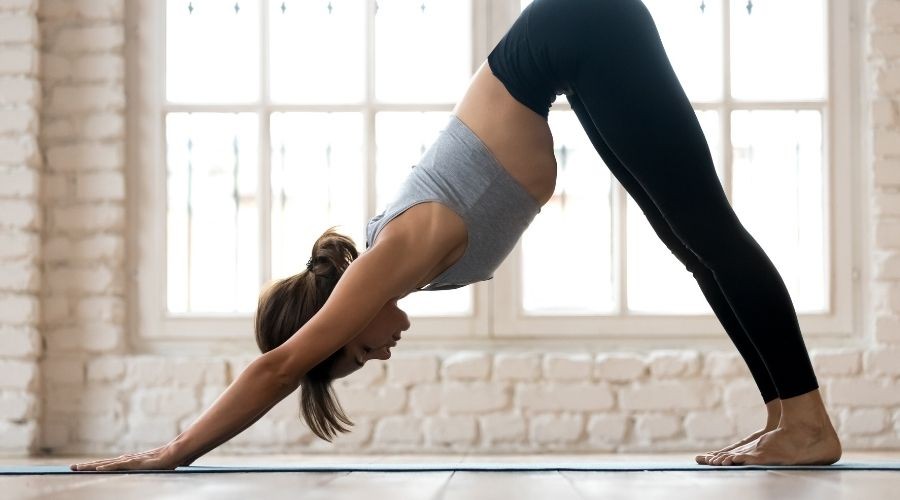
This slight inversion pose is a great stretch if you’re feeling a little groggy after waking up. It rests your nervous system, quietens the brain and gives your body a bit of energy to start the day. Downward-facing dog works your arms, shoulders, wrists and core, while also stretching out your hamstrings, spines and calves.
Power Pose
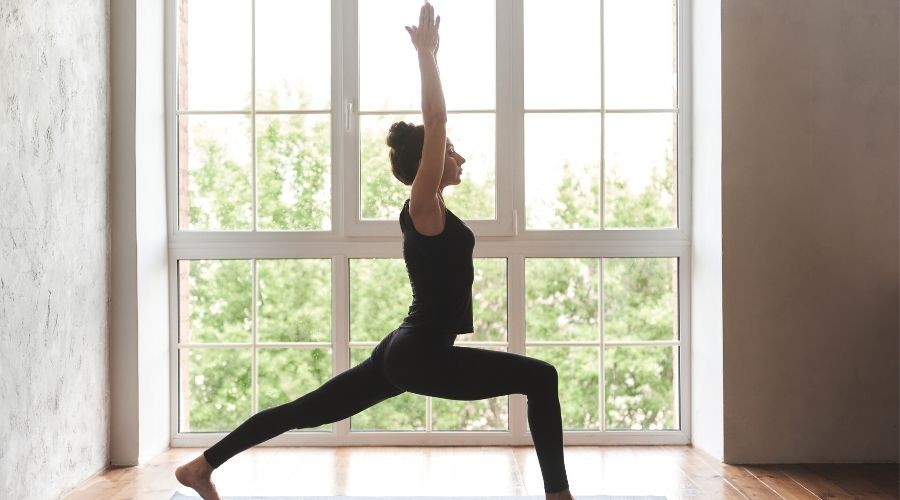
Power pose, also known as Warrior I pose, strengthens your shoulders, back, arms, legs and ankles, while opening up your hips, chest, and lungs. It also increases your circulation and helps energize and wake up the body. This pose can increase confidence and focus, while also improving flexibility in your hips.
Mountain Pose
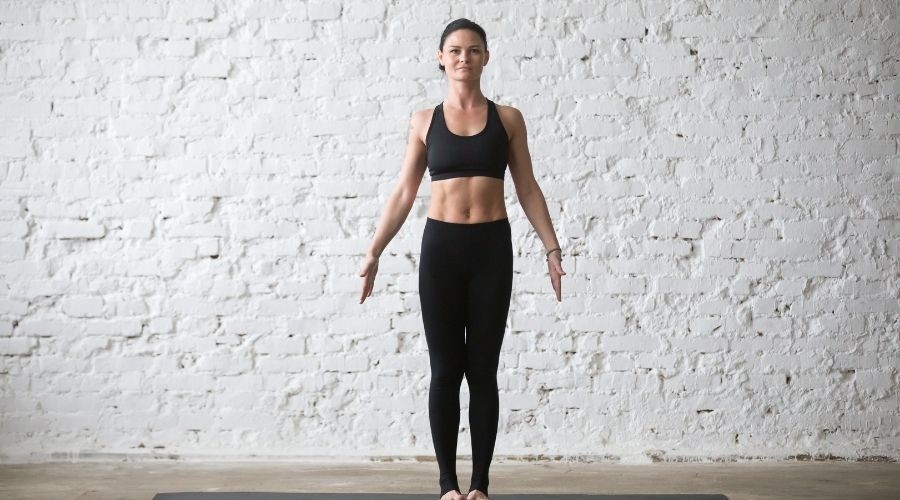
Finally, we have the mountain pose. While this pose might seem like it’s not doing much, it actually works a range of muscles including your troso, legs, core and arms. It’s a really good pose to work on your posture and your confidence. It essentially sets you up for a great day!
At the end of the day, any kind of stretching is better than no stretching. If you find it hard to begin with, start small and work your way up. With consistent practice you’ll start to reap the benefits in as little as two weeks. It’s certainly a good habit to get into, and it’s never a bad time to start.



